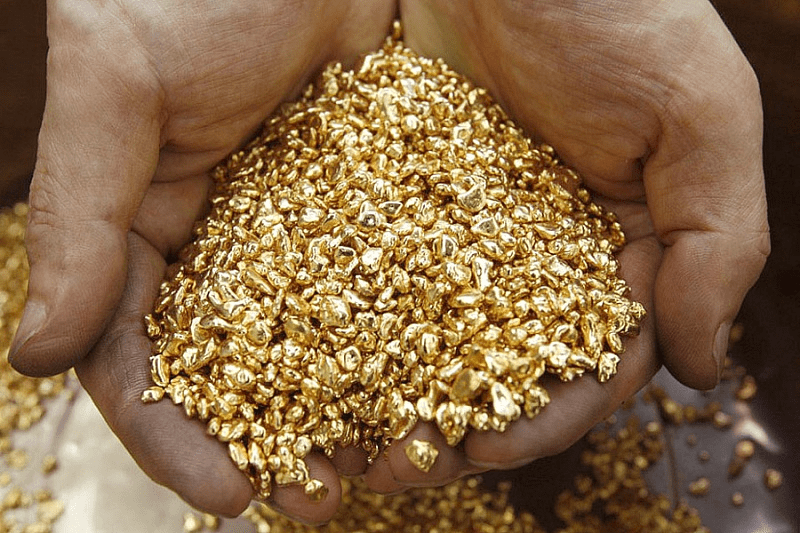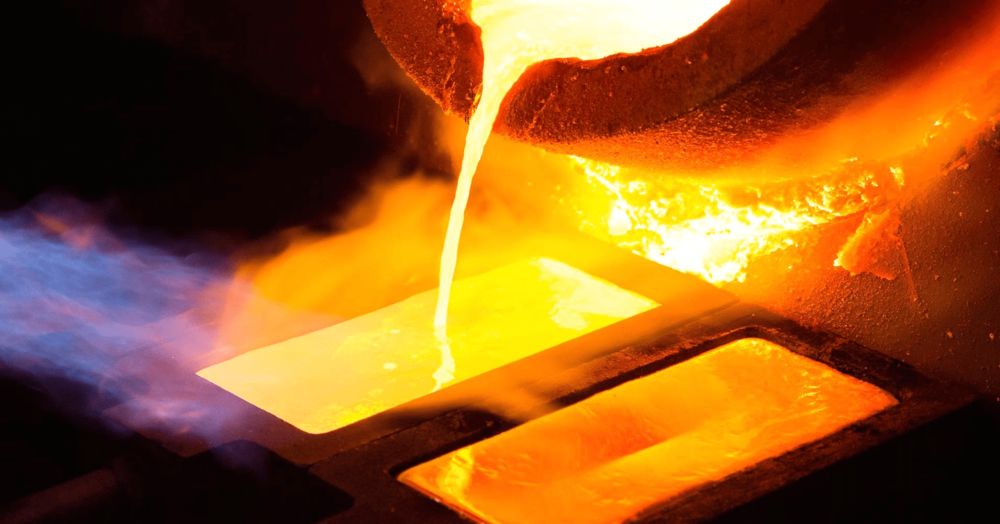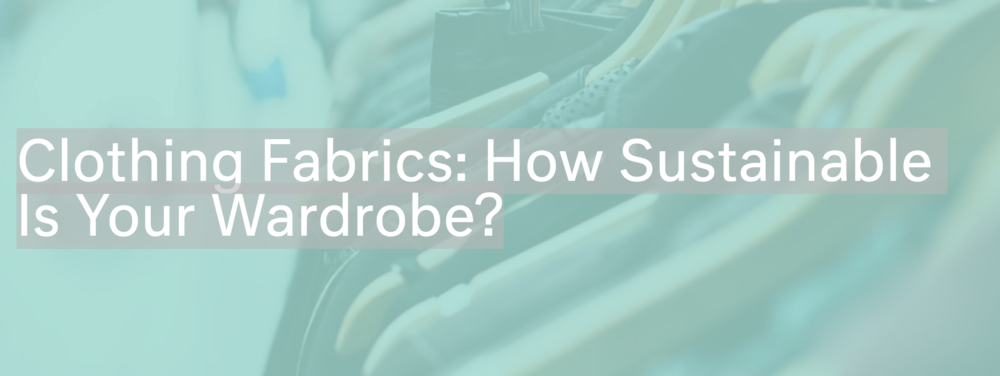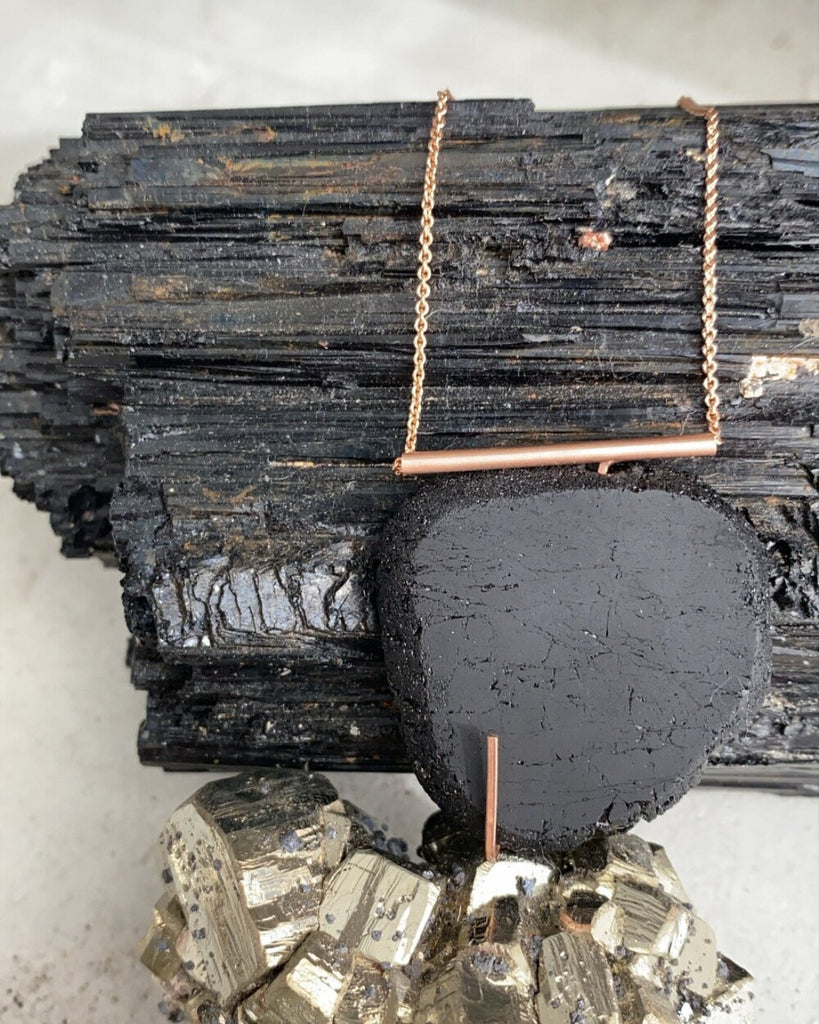Ethical Gold vs Recycled Gold

Gold has been coveted for many years for its extreme value and beauty. Traditional mining is deeply rooted into our history. The Gold Rush in California even helped shaped our nation as traditional mining gained popularity. But there are many harmful side effects of traditional mining such as pollution into the environment, slavery, child labor, worker exploitation and land rights violations. Recent trends in social responsibility have shifted the mining and jewelry industry to find substitutes for traditional mining such as fair mining, recycling, and ecofriendly mining. But what exactly do those mean?
Ethical Gold

Ethical Gold can have various names such as Fairtrade, and Fair-mined. Ethical gold is used to describe the conditions of the mining process and the treatment of their workers. Such regulations include but are not limited to
- no informal economy
- no illegal operations
- no environmentally unsound practices
- good labor conditions
- no gender inequality
- no child labor
- no contribution to armed conflicts
- transparent supply chains
These regulations help reduce and sometimes reverse negative impacts of traditional mining operations. Ethical gold gives power to smaller artisanal mines and their consumers. Each purchase of gold helps promote and shift the industry into a brighter and more sustainable future. Ethical gold however isn’t 100% sustainable as mines are still allowed to use harmful chemicals to extract minerals. The bright side is that those chemicals are stored and disposed of safely. Let's look at the other end of the spectrum.
Recycled Gold

Unlike ethical gold, recycled gold is not mined. The gold supply can be taken from old machines, antique jewelry, or scrap metals. Just like the name suggests, many scraps and fine dusts are recycled to form usable amounts of gold. This process helps reduce the amount of damage done to the land and encourages a sustainable lifestyle. However, one must be careful to find trustworthy sources of refined gold, some refineries are not transparent with their supplies and can actually use “dirty” (traditional mined) gold. Recycled gold usually falls into three categories
- Unprocessed Recyclable Gold (bullion bars, pieces of jewelry or coins)
- Industrial by-product. (furnace flue dust, spent crucibles or floor sweepings)
- Melted Recyclable Gold (has been melted as the first recycling process and cast into rudimentary bars or some other form with undefined dimensions and variable fineness.)
The most important thing to look for in recycled gold is transparency and source. These are the fundamentals of reducing illegal and dirty mining practices.
Enji understands that it is our social responsibility to try and shift the jewelry industry to a more sustainable future. From using recycled metals certified by a third party to informing and spreading the word on sustainable practices. All our jewelry uses recycled metals in hopes that one day we can find a way to cleanly and ethically mine metals.
Sources:
http://www.amalena.com/eco-gold-vs-ethical-gold-vs-recycled-jewellery/
https://www.brilliantearth.com/news/7-reasons-to-wear-recycled-gold-jewelry/
http://www.celticjewelry.com/fairtrade-gold-vs-recycled-gold





